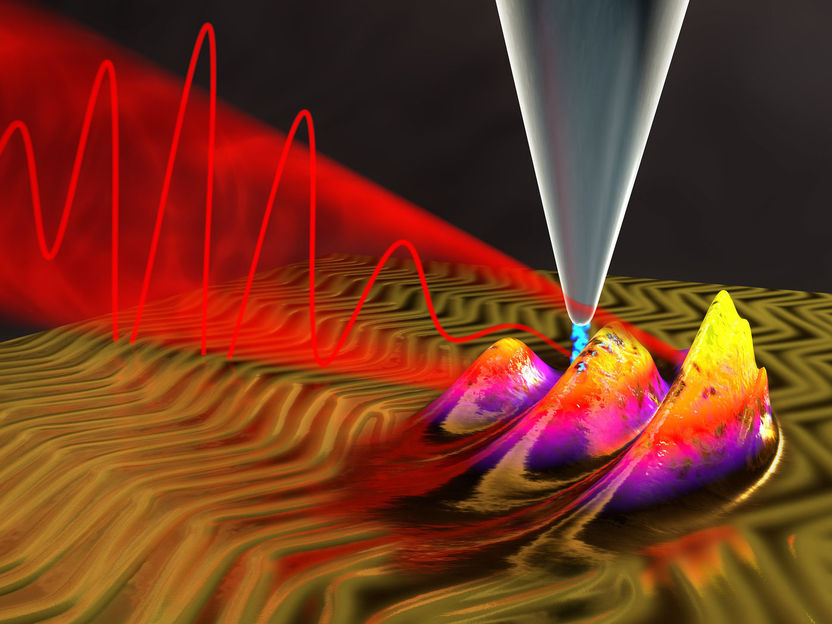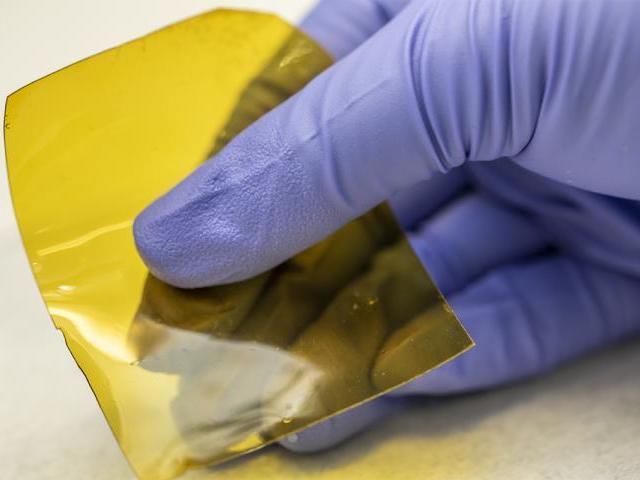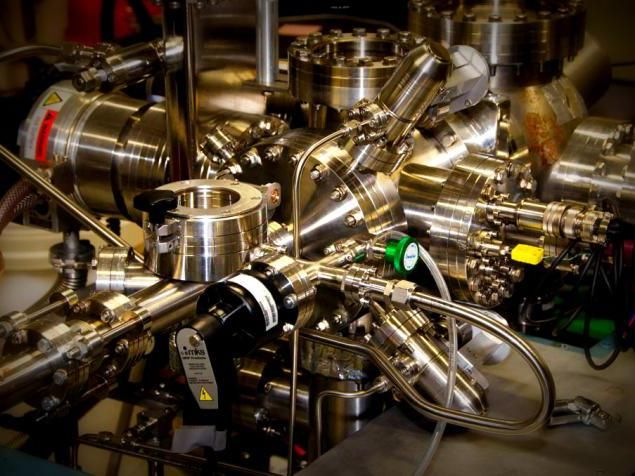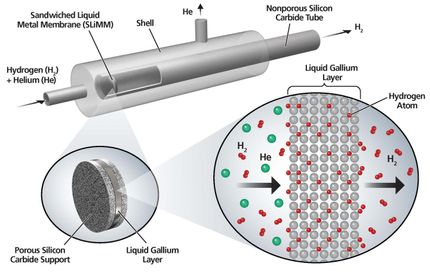How soils control atmospheric hydrogen
Researchers at New Zealand's University of Otago are helping to clear up an enduring mystery regarding the composition of the Earth's atmosphere. They have discovered the microbial soil processes that help ensure that the explosive gas hydrogen remains at trace levels.
In recent decades it was found that around four-fifths of all hydrogen released into the air is rapidly removed through soil activity, but exactly what is recycling it, and how, has remained unclear.
Now, Otago scientists have shown that the soil bacterium Mycobacterium smegmatis uses two special enzymes that can efficiently scavenge hydrogen as fuel at very low concentrations. They also found the bacterium ramps up these enzymes' activity when starved of its usual carbon-based energy sources.
The Department of Microbiology & Immunology researchers' findings appear in the journal Proceedings of the National Academy of Sciences (PNAS). Their discovery has implications for improved understanding of global climate processes and for developing new catalysts for hydrogen fuel cells.
Study lead author and Otago PhD candidate Chris Greening says the findings emerge from a project led by Professor Greg Cook investigating why the mycobacteria family, which includes members causing TB and leprosy, have genes encoding hydrogenase enzymes. Hydrogenases are well-known for their roles in anaerobic bacteria, but this is the first comprehensive study of these enzymes in an organism that requires oxygen to combust their fuel sources.
"Hydrogen scavenging is just one example of the ingenuity of microorganisms. Bacterial metabolism is much more flexible than that of humans. While we rely on carbon sources such as sugars and amino acids, many bacteria can use gases (e.g. hydrogen, carbon monoxide) and even metals (e.g. iron, uranium) as fuel sources for growth and survival," says Mr Greening.
It now appears that M. smegmatis and several other species of soil actinobacteria are demonstrating a metabolic flexibility that would provide a powerful advantage over other aerobic microbes in soil ecosystems, he says.
"High-affinity hydrogenases allow these bacteria to harness hydrogen to survive on when their standard carbon-based fuel sources are absent. While hydrogen is at low concentrations in the air, it is essentially a constant and unlimited resource. This means that bacteria scavenging this highly dependable fuel source would be especially competitive against other organisms in their volatile environments."
On a global scale, this activity leads to soil actinobacteria serving as the main sink for atmospheric hydrogen. This in turn influences the concentrations of other gases in the atmosphere, including potent greenhouse gases such as methane and nitrous oxide, he says.
Mr Greening says that hydrogenases have additionally attracted interest from researchers working to make dependable, inexpensive hydrogen fuel cells a reality. "Developing a catalyst that mimics the high-affinity, oxygen-tolerant action of the hydrogenases in M. smegmatis would provide an enormous boost for this technology," he says.
Originally from the UK, Mr Greening joined Professor Cook's laboratory in November 2010 after completing a Bachelor's and Master's degree in Biochemistry at the University of Oxford. He will shortly complete his doctoral studies at Otago to take up a position researching drug targets for TB at CSIRO, Australia's national science agency.
"I decided to come here to do my PhD under Professor Cook after attending a research presentation he gave at Oxford." Having been awarded a first class degree at Oxford, Mr Greening pretty much had the choice of any world-leading institution to continue his studies. However, he says "Greg's multifaceted science captured my imagination so strongly that I set my sights on Otago."
Most read news
Topics
Organizations
Other news from the department science

Get the chemical industry in your inbox
By submitting this form you agree that LUMITOS AG will send you the newsletter(s) selected above by email. Your data will not be passed on to third parties. Your data will be stored and processed in accordance with our data protection regulations. LUMITOS may contact you by email for the purpose of advertising or market and opinion surveys. You can revoke your consent at any time without giving reasons to LUMITOS AG, Ernst-Augustin-Str. 2, 12489 Berlin, Germany or by e-mail at revoke@lumitos.com with effect for the future. In addition, each email contains a link to unsubscribe from the corresponding newsletter.
Most read news
More news from our other portals
Last viewed contents

An ultrafast microscope for the quantum world
Silver_sulfadiazine
Bupivacaine
Mexiletine
Promethazine
Lomotil

Go with the flow: Scientists design new grid batteries for renewable energy



























































